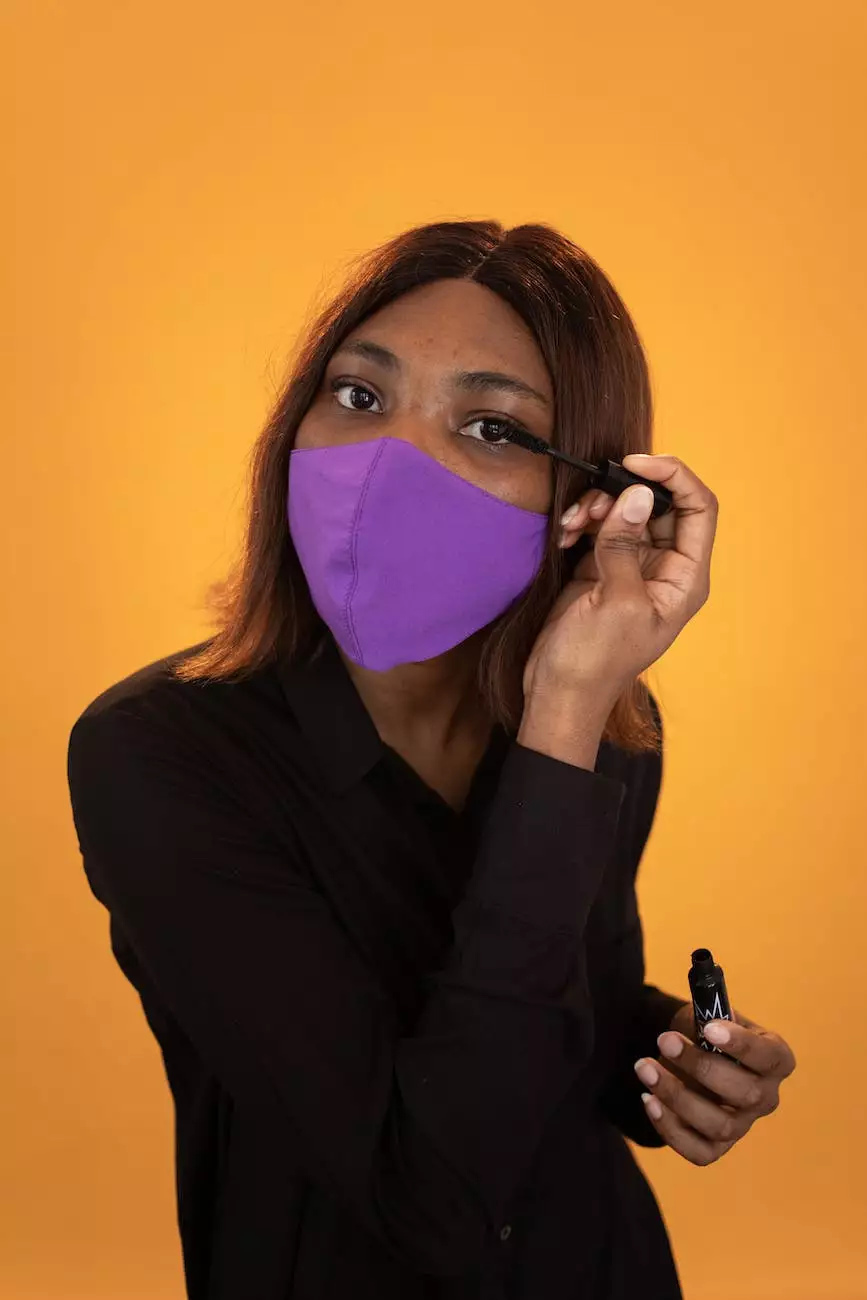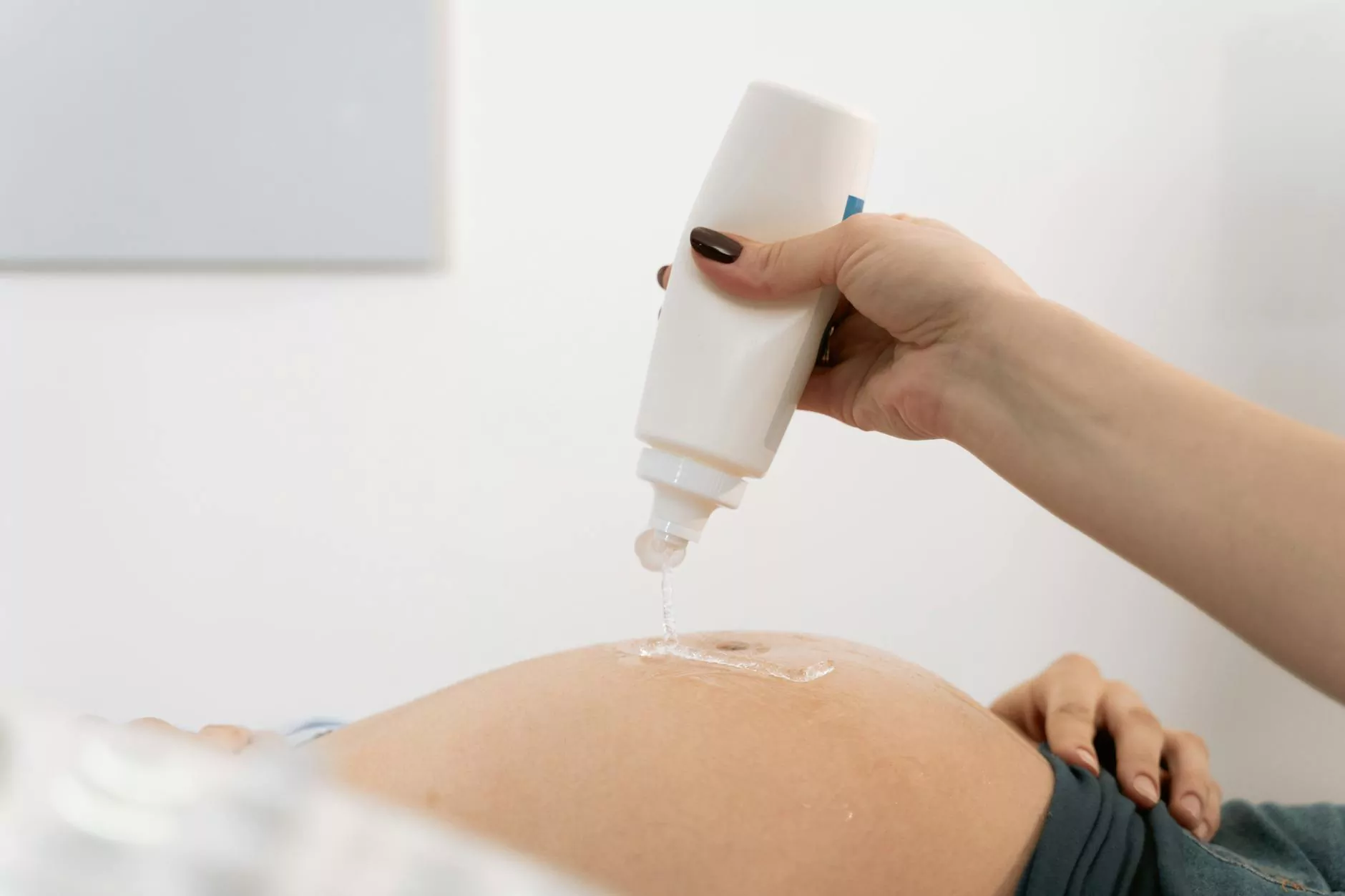Sun Exposure on New Scars - Ralph Bashioum MD

Introduction
Welcome to the page dedicated to understanding the impact of sun exposure on new scars. At Foley James D MD, we believe in providing comprehensive information and expert advice to help you achieve optimal results in scar healing and management.
Why is Sun Exposure Important?
When it comes to scarring, sun exposure plays a crucial role in the healing process. Excessive sun exposure can have a negative impact on new scars, leading to increased pigmentation, delayed healing, and increased risk of complications. It is essential to protect your scars from harmful UV rays to ensure that they heal properly.
The Effects of Sun Exposure on New Scars
Exposing new scars to the sun without adequate protection can result in several negative effects:
1. Increased Pigmentation
Excessive sun exposure can cause scars to darken and become more noticeable. This is especially true for individuals with a darker skin tone, as they have higher melanin levels. Protecting your scars from the sun can help minimize pigmentation changes and promote a more natural healing process.
2. Delayed Healing
UV rays from the sun can slow down the healing process of new scars. Prolonged exposure to sunlight can lead to inflammation, which affects the body's ability to heal effectively. Shielding your scars from the sun can help ensure a faster and more efficient healing process.
3. Increased Risk of Complications
Sun exposure on new scars can increase the risk of complications such as infection and inflammation. UV rays can weaken the skin's defense mechanisms and make it more susceptible to external factors. Protecting your scars from the sun can minimize the risk of such complications and promote better scar healing.
How to Protect Your Scars from the Sun
Here are some essential tips to protect your scars from harmful sun exposure:
1. Apply Sunscreen
Use a broad-spectrum sunscreen with an SPF of 30 or higher to provide adequate protection for your scars. Apply it generously to all exposed areas, including your scars, at least 15 minutes before sun exposure. Reapply every two hours and after swimming or excessive sweating.
2. Seek Shade
Whenever possible, seek shade to minimize direct exposure to the sun. This is especially important during peak hours when the sun's rays are the strongest. Stay under an umbrella, tree shade, or wear protective clothing to reduce sun exposure.
3. Wear Protective Clothing
Cover your scars with loose-fitting clothing and wide-brimmed hats. This will provide an additional layer of protection against the sun's harmful rays. Opt for lightweight, breathable fabrics that allow airflow and minimize irritation.
4. Avoid Tanning Beds
Tanning beds emit intense UV radiation, which can be damaging to your scars. Avoid tanning beds altogether, as they can increase pigmentation and hinder the healing process. Choose alternative methods of achieving a tan that do not involve UV exposure.
Consult with Our Experts
At Foley James D MD, our team of experts is dedicated to providing you with the best advice and guidance throughout your scar healing journey. We understand the importance of sun protection and can provide personalized recommendations tailored to your specific needs.
Contact us today to schedule a consultation and learn more about sun exposure on new scars. Together, we can achieve optimal results in scar healing and management!
Conclusion
Protecting your new scars from sun exposure is crucial for optimal healing and minimal complications. Remember to follow the recommended tips and consult with our experts for personalized advice. With proper care and protection, you can ensure that your scars heal beautifully and fade over time.










